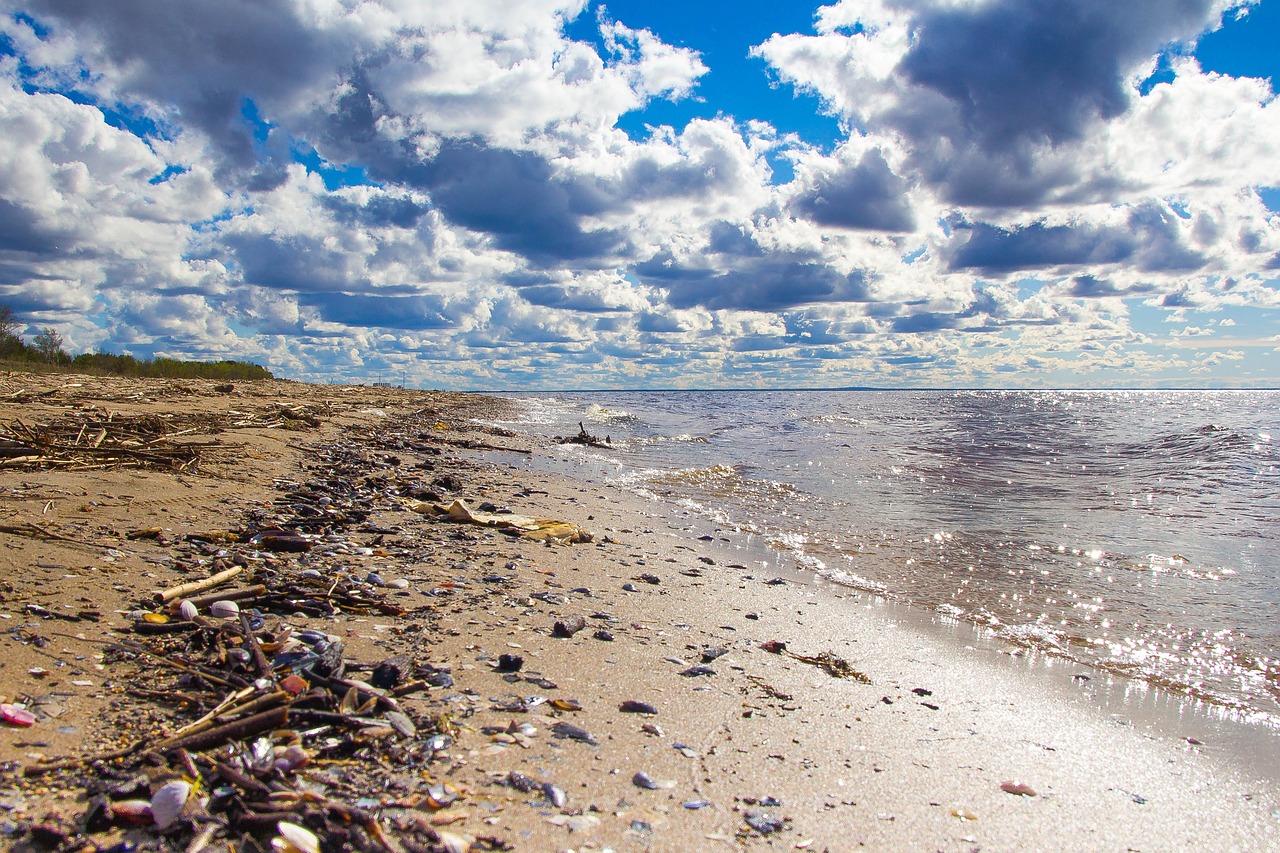
Pre-reading questions:
I will read each question. Then, please answer them.
- What are some plastic items that you use at home? Could you tell me more about them?
- What are some ways of disposing of garbage?
Vocabulary:
I will read the words, meanings, and sample sentences. Then, repeat after me.
- coastal /KOHS-tl/
- species /SPEE-sheez/
- concerned /kuhn-SURND/
- gather /GATH-er/
- tsunami /tsoo-NAH-mee /
[adjective] – positioned on, or relating to the coast:
In coastal locations, a tidal surge caused severe flooding.
[noun] – a set of animals or plants in which the members have similar characteristics to each other and can breed with each other
These animals are an endangered species.
[adjective] – worried
I’m a little concerned about the project.
[verb] – to collect several things, often from different places or people
We quickly gathered our belongings and left.
[noun] – an extremely large wave caused by a violent movement of the earth under the sea
She evacuated the area after the tsunami destroyed her home and her family.
Article reading:
Please read the whole article. Then, I will check your pronunciation and intonation.
Many of the creatures are coastal species that dwell thousands of miles from their natural habitats on a small land halfway between the beaches of California and Hawaii. Plants and critters such as anemones, tiny marine bugs, mollusks, and crabs were found on 90% of the trash. Scientists are concerned that plastic may aid in the movement of invading species.
Plastic fragments with a diameter of more than 5cm (2in) were gathered from a gyre in the Pacific. The project’s lead researcher at the Smithsonian Environmental Research Centre, Dr. Linsey Haram, said: “Plastics are more permanent than many of the natural debris that you previously have seen in the open ocean. They’re creating a more permanent habitat in this area.” There are at least five circular patterns of ocean currents on the earth that are contaminated by plastic. With a projected 79,000 tonnes of floating plastic in a 610,000-square-mile region, this one is expected to contain the most (1.6m sq km). “All sorts of stuff ends up out there,” said Dr. Haram. “It’s not an island of plastic, but there’s definitely a large amount of plastic corralled there.”
Microplastic, which is difficult to see with the naked eye, makes up a major amount of this. Larger items, such as abandoned fishing nets, buoys, and even ships, have been floating in the gyre since the 2011 Japanese tsunami.
Plastic fragments with a diameter of more than 5cm (2in) were gathered from a gyre in the Pacific. The project’s lead researcher at the Smithsonian Environmental Research Centre, Dr. Linsey Haram, said: “Plastics are more permanent than many of the natural debris that you previously have seen in the open ocean. They’re creating a more permanent habitat in this area.” There are at least five circular patterns of ocean currents on the earth that are contaminated by plastic. With a projected 79,000 tonnes of floating plastic in a 610,000-square-mile region, this one is expected to contain the most (1.6m sq km). “All sorts of stuff ends up out there,” said Dr. Haram. “It’s not an island of plastic, but there’s definitely a large amount of plastic corralled there.”
Microplastic, which is difficult to see with the naked eye, makes up a major amount of this. Larger items, such as abandoned fishing nets, buoys, and even ships, have been floating in the gyre since the 2011 Japanese tsunami.
Comprehension questions
I will read each question. Then, please answer them based on the article.
- According to the article, what dwells thousands of miles from their natural habitats?
- What are scientists concerned about?
- Who is the project’s lead researcher at the Smithsonian Environmental Research Centre?
- According to the article, which is difficult to see with the naked eye?
- What items have been floating in the gyre since the 2011 Japanese tsunami?
Discussion questions
I will read each question. Then, please answer them.
- What are some coastal species do you know about? Could you tell me more about them?
- For what do you use plastic at home? Please explain your answer.
- What would you do to lessen the amount of plastic in the ocean?
- Do you agree that plastics are more permanent than many of the natural debris that you previously have seen in the open ocean?
- What do you think of Ocean Voyages Institute? Please explain your answer.